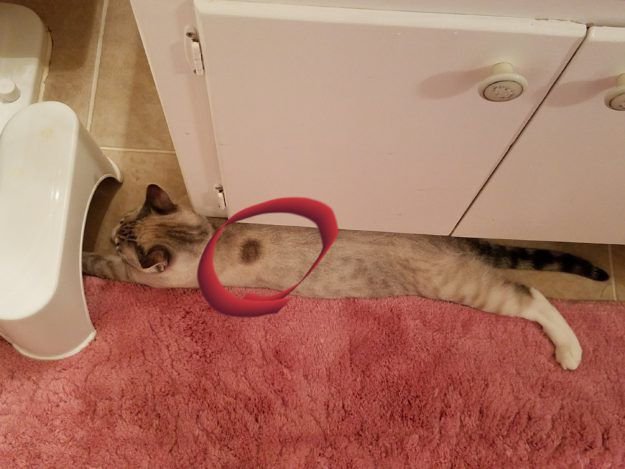Ringworm in cats is a common but highly contagious fungal infection that affects the skin, fur, and nails. Despite its name, it is not caused by a worm, but by a group of fungi called dermatophytes. If left untreated, ringworm can spread rapidly between pets and even to humans, especially children and individuals with weakened immune systems. Fortunately, with early diagnosis and the right treatment, ringworm is manageable and curable.
This article explores the safe and effective treatments for ringworm in cats, helping you choose the right options for your feline friend.
Recognizing the Symptoms of Ringworm
Before diving into treatment, it’s important to understand how ringworm appears. Symptoms include:
Circular patches of hair loss
Scaly, red, or inflamed skin
Itchiness or excessive grooming
Safe At-Home Isolation and Hygiene Practices
Once a diagnosis is confirmed, immediate isolation of the infected cat is essential to prevent the fungus from spreading to other pets or humans. Use the following hygiene practices during treatment:
Disinfect bedding, grooming tools, and surfaces daily
Wash hands thoroughly after each interaction
Wear gloves when applying topical medications
Vacuum carpets and furniture frequently
Final Thoughts
Safe and effective treatments for ringworm in cats require patience and consistency. From topical solutions to oral antifungals and thorough cleaning, a combined approach works best. Early intervention not only shortens recovery time but also helps protect other animals and humans in your household. Always consult your veterinarian before starting treatment to ensure it’s appropriate for your cat’s age, health, and severity of infection.
Learn More
For additional guidance, visit your local veterinarian or explore expert resources at Petniq.com
